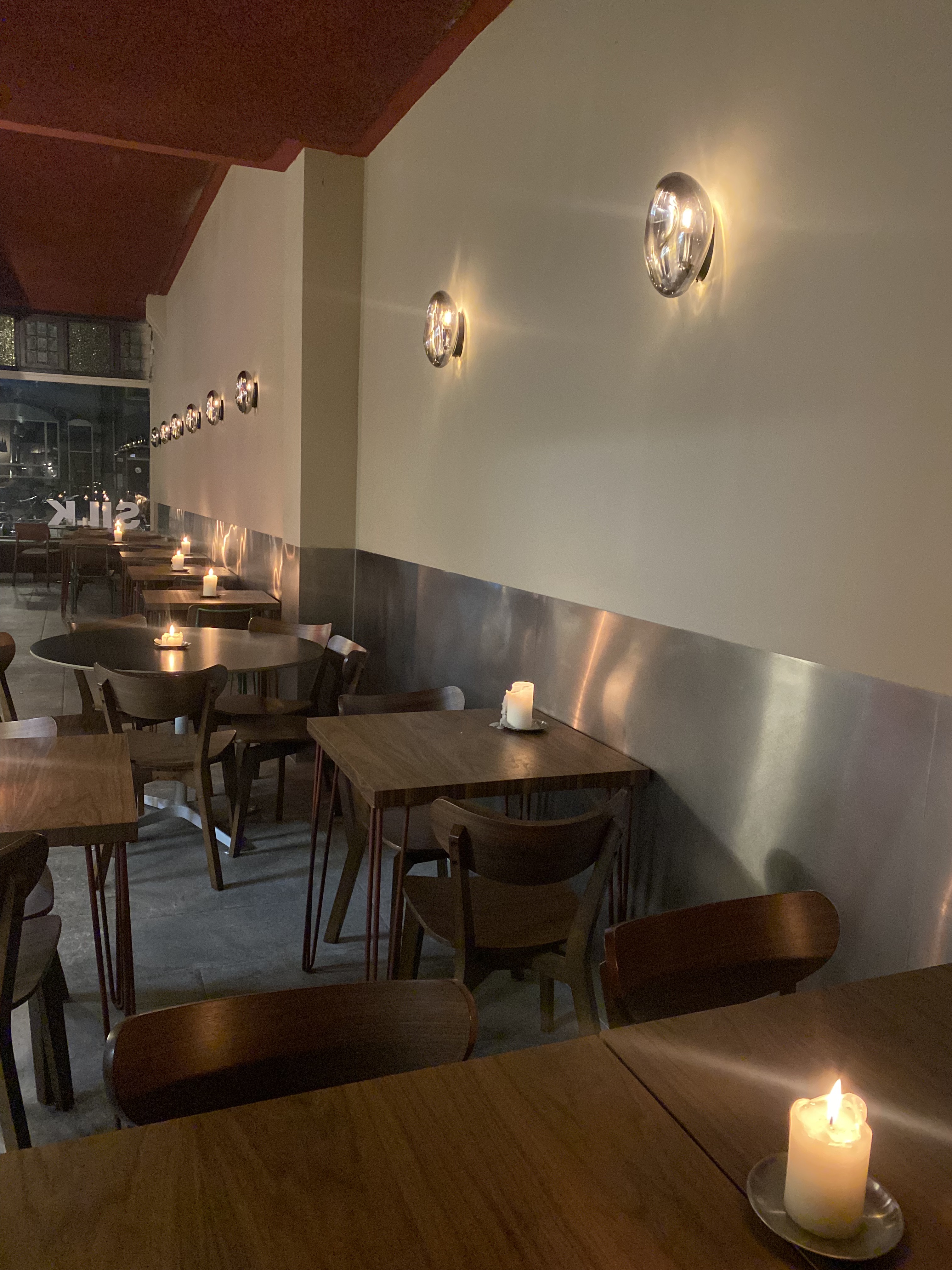
Motherhood, career, personal growth — juggling it all can feel like spinning plates while walking a tightrope in heels. Most days, something tips over. But the good news? You can design your life intentionally instead of reacting to chaos. Science-backed strategies show that conscious life design improves well-being, focus, and satisfaction — and you don’t need a weekend retreat to start.
Research in positive psychology emphasizes five pillars of flourishing: positive emotions, engagement, relationships, meaning, and accomplishment. Integrating these intentionally into your day-to-day builds resilience and joy that last.
For mothers, this means balancing personal goals, family responsibilities, and self-care in a way that feels achievable, not overwhelming.
Intentional life design starts with clarity. Ask yourself:
Journaling, reflection, or guided prompts help map priorities and uncover hidden patterns. Neuroscience confirms that conscious attention and planning activate the prefrontal cortex, improving decision-making and self-control.
Time is finite. Energy is precious. Science shows that scheduling tasks around natural energy cycles improves focus, creativity, and efficiency. For example:
Daily rituals anchor your intentional life. Examples include:
Even small, consistent rituals enhance neural pathways for positive habits and emotional resilience.
Intentional living requires boundaries. Saying no isn’t selfish — it’s essential to protect energy and focus. Boundaries improve relationships, reduce stress, and allow for deeper engagement in every area of life.
Intentional life design is not about perfection. It’s about choice. When you consciously design your day, allocate energy where it matters, and integrate micro-practices that support well-being, you discover balance, confidence, and personal fulfillment.
Motherhood, career, and self are not competing forces. They can coexist beautifully when approached with intention, science, and a little creativity. Designing your life is not a luxury — it’s a radical act of self-respect, presence, and joy.

Motherhood, career, personal growth — juggling it all can feel like spinning plates while walking a tightrope in heels. Most days, something tips over. But the good news? You can design your life intentionally instead of reacting to chaos. Science-backed strategies show that conscious life design improves well-being, focus, and satisfaction — and you don’t need a weekend retreat to start.
Research in positive psychology emphasizes five pillars of flourishing: positive emotions, engagement, relationships, meaning, and accomplishment. Integrating these intentionally into your day-to-day builds resilience and joy that last.
For mothers, this means balancing personal goals, family responsibilities, and self-care in a way that feels achievable, not overwhelming.
Intentional life design starts with clarity. Ask yourself:
Journaling, reflection, or guided prompts help map priorities and uncover hidden patterns. Neuroscience confirms that conscious attention and planning activate the prefrontal cortex, improving decision-making and self-control.
Time is finite. Energy is precious. Science shows that scheduling tasks around natural energy cycles improves focus, creativity, and efficiency. For example:
Daily rituals anchor your intentional life. Examples include:
Even small, consistent rituals enhance neural pathways for positive habits and emotional resilience.
Intentional living requires boundaries. Saying no isn’t selfish — it’s essential to protect energy and focus. Boundaries improve relationships, reduce stress, and allow for deeper engagement in every area of life.
Intentional life design is not about perfection. It’s about choice. When you consciously design your day, allocate energy where it matters, and integrate micro-practices that support well-being, you discover balance, confidence, and personal fulfillment.
Motherhood, career, and self are not competing forces. They can coexist beautifully when approached with intention, science, and a little creativity. Designing your life is not a luxury — it’s a radical act of self-respect, presence, and joy.